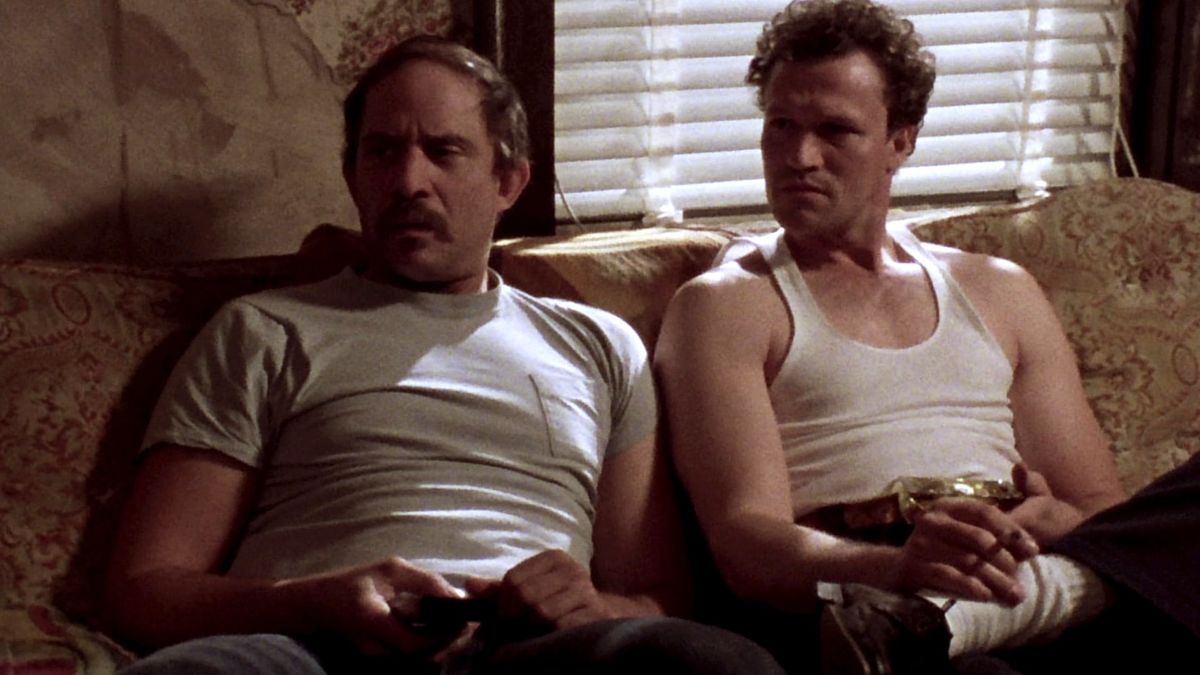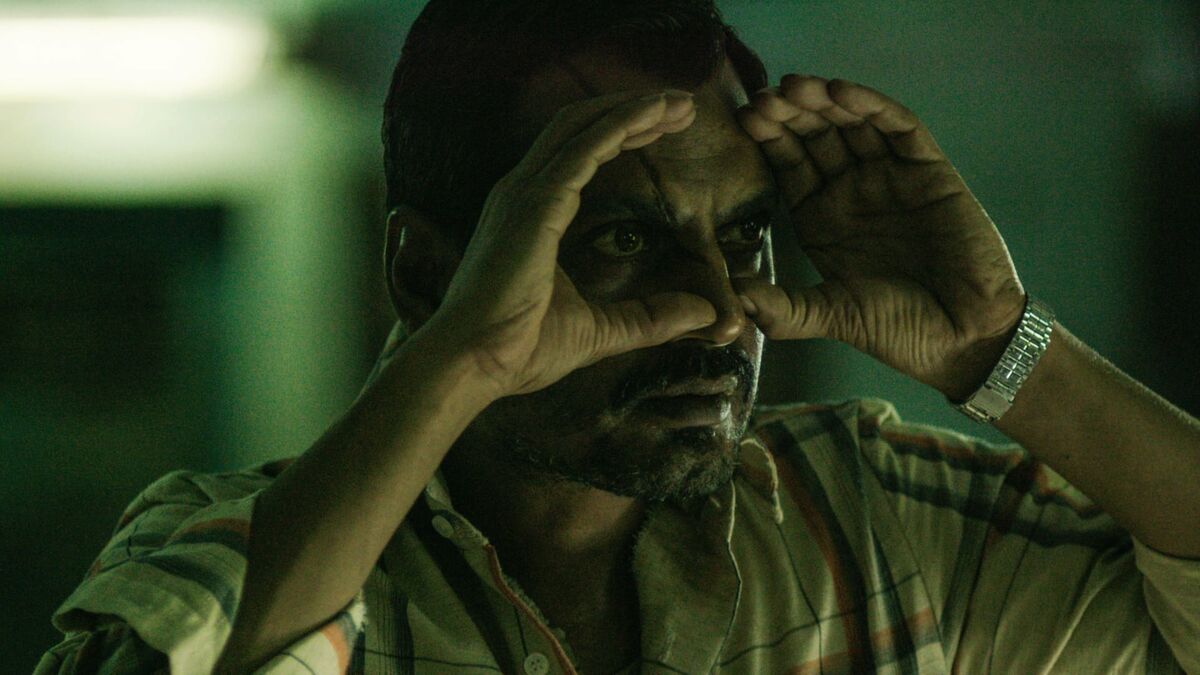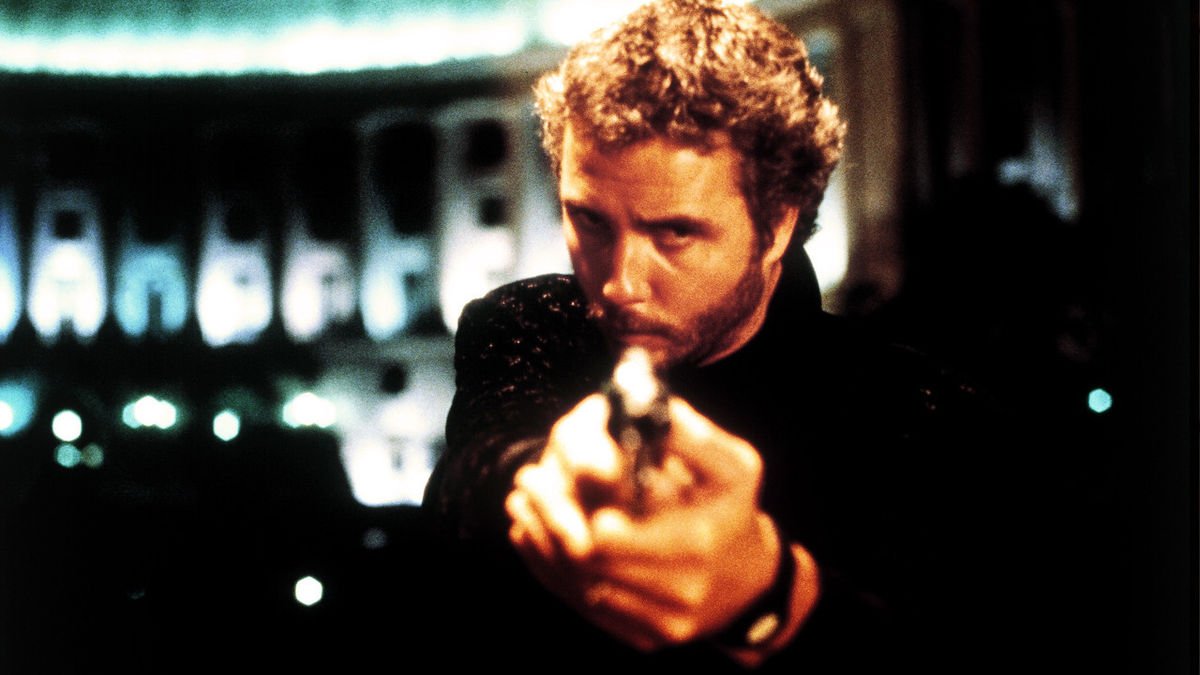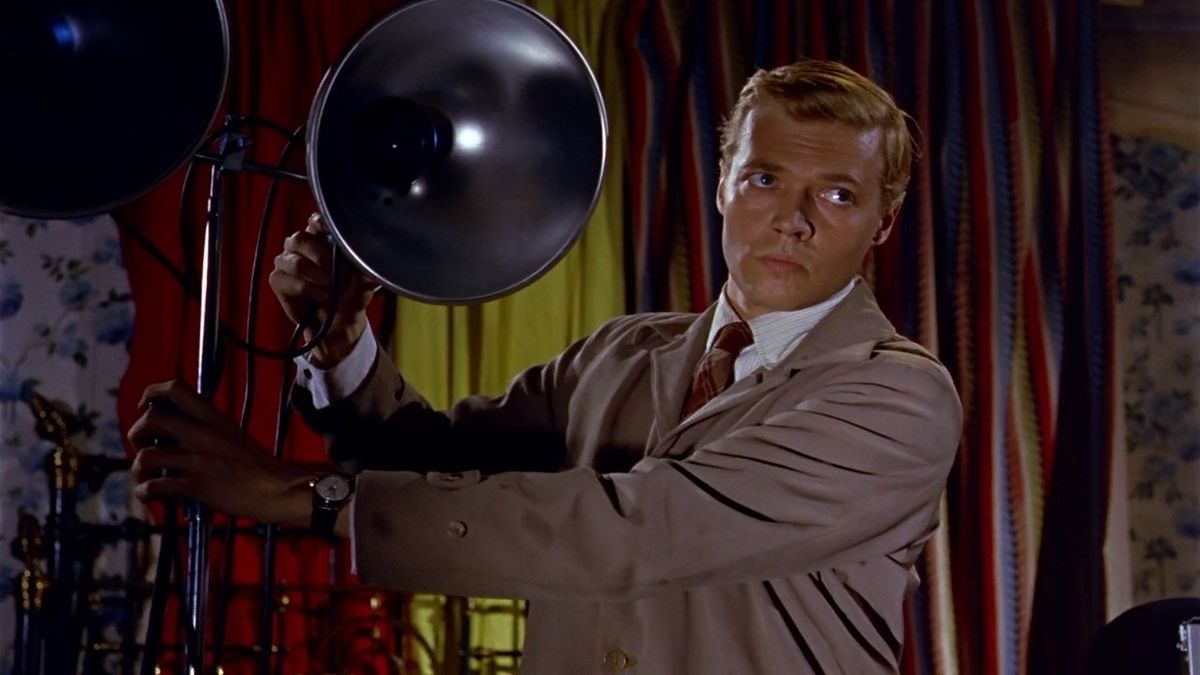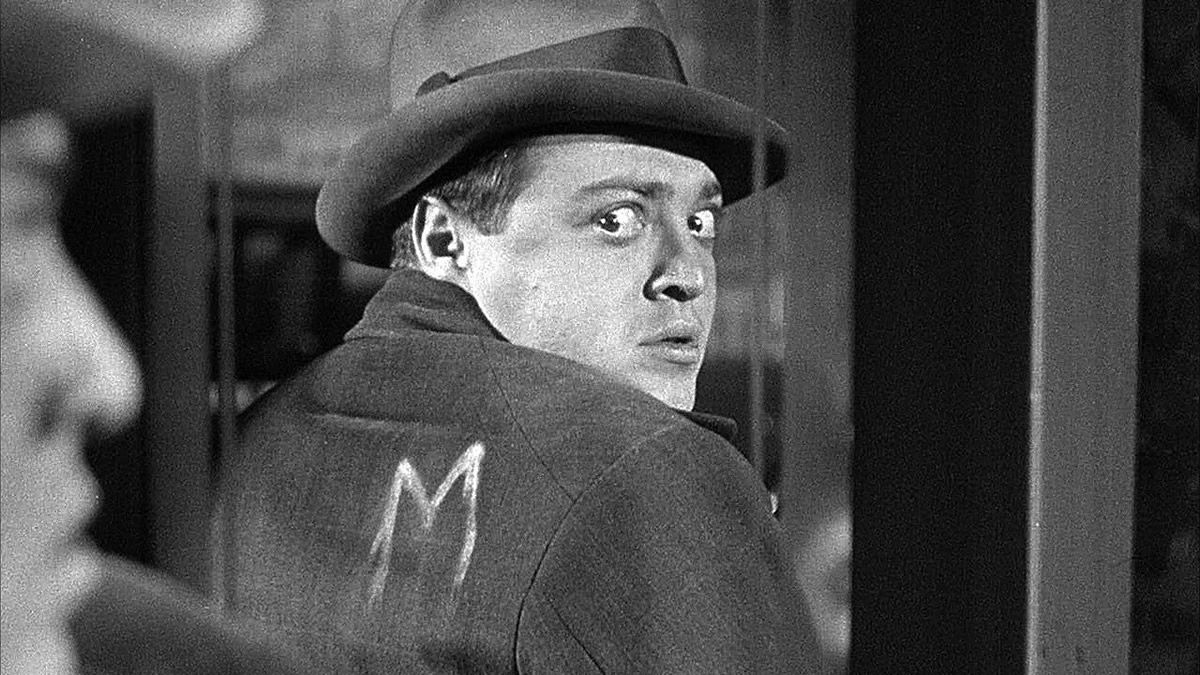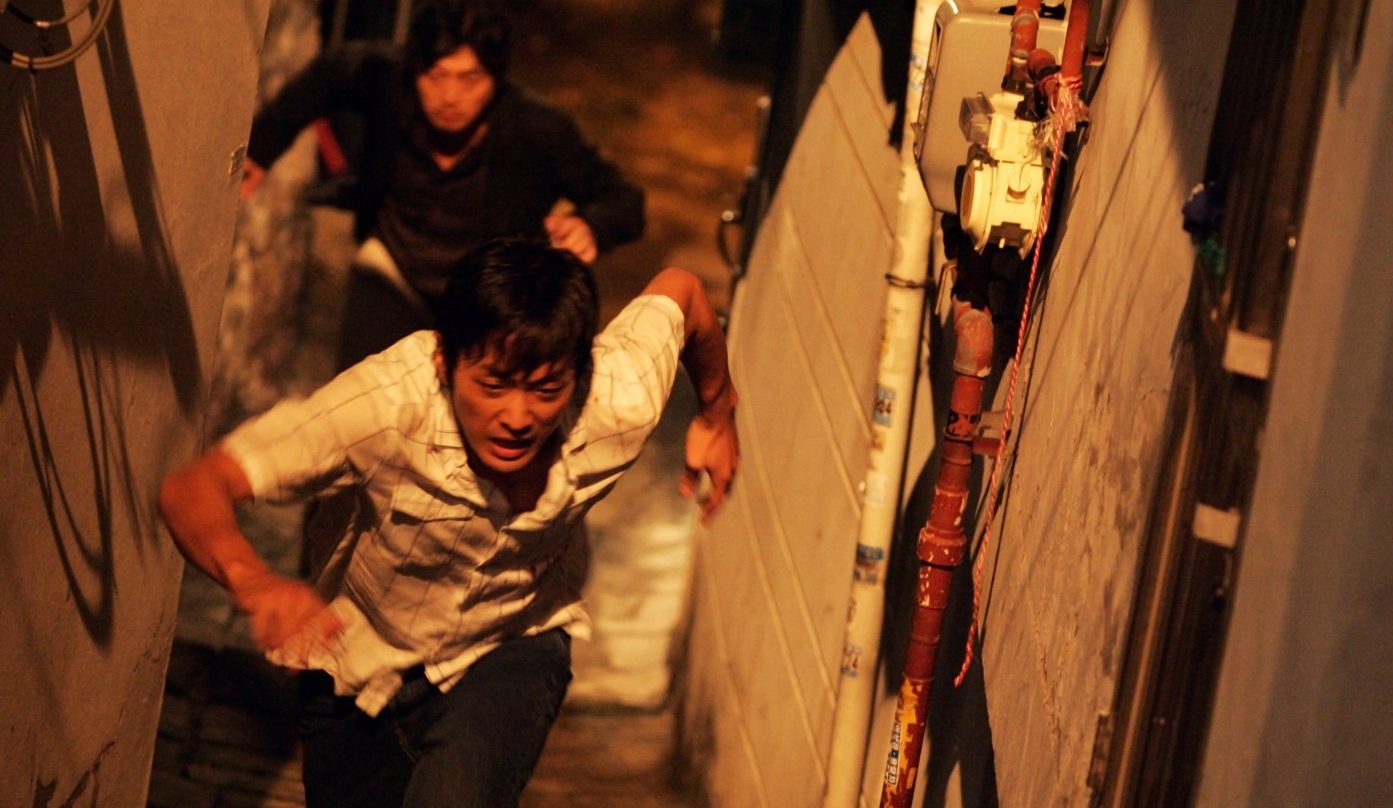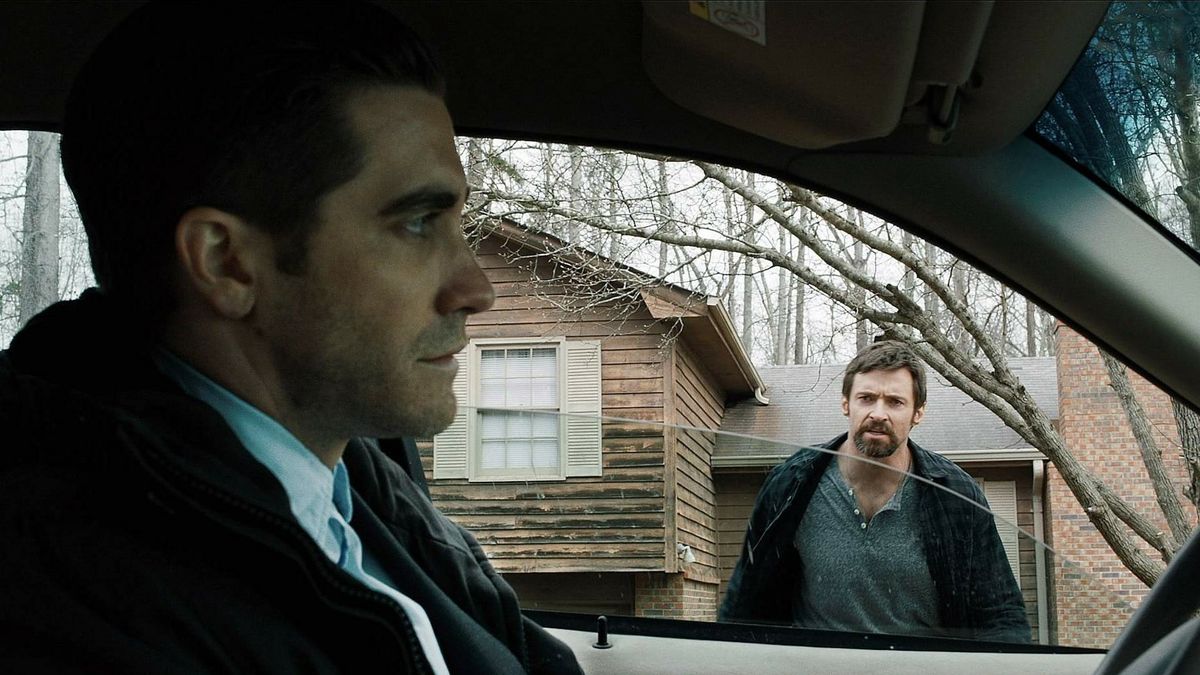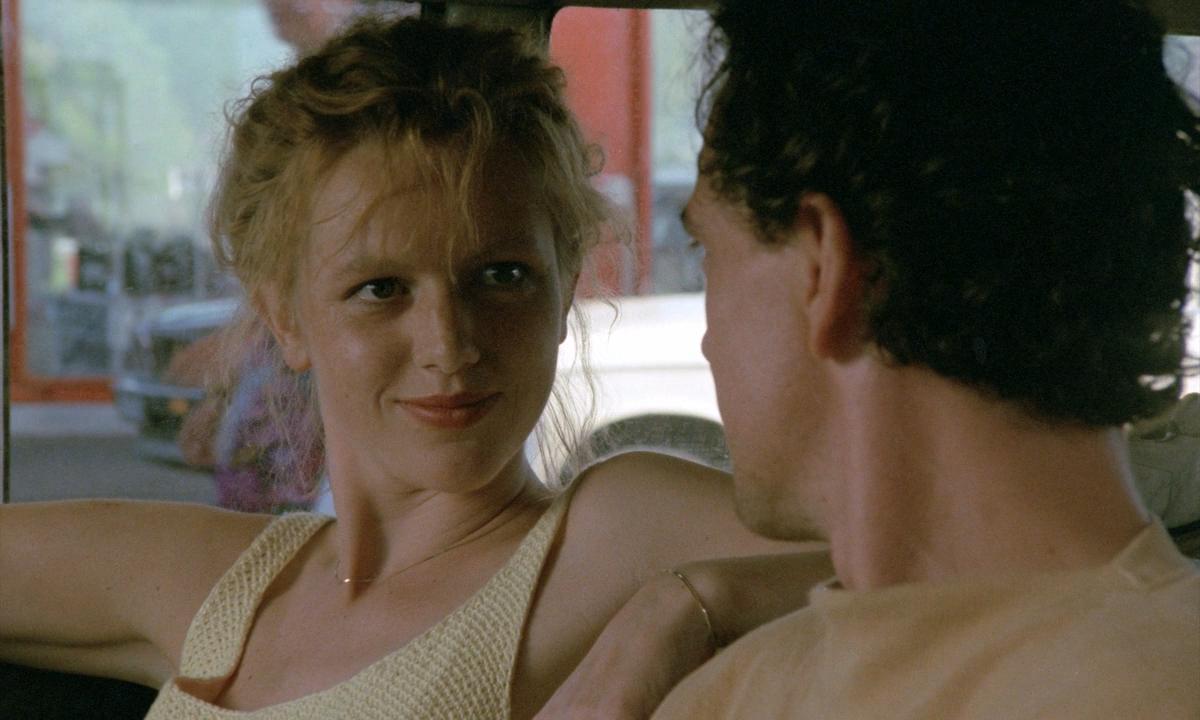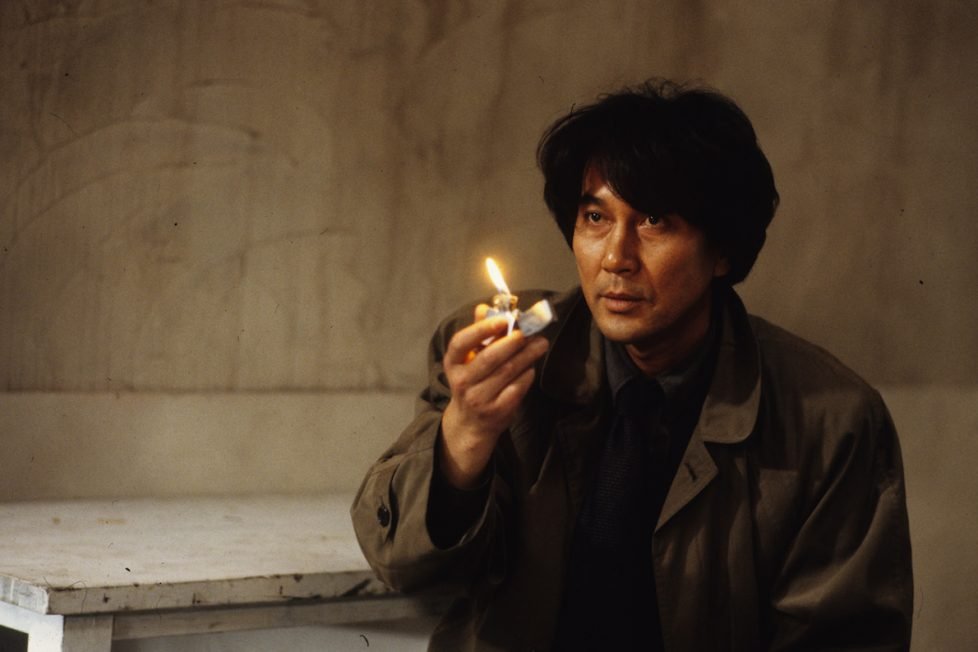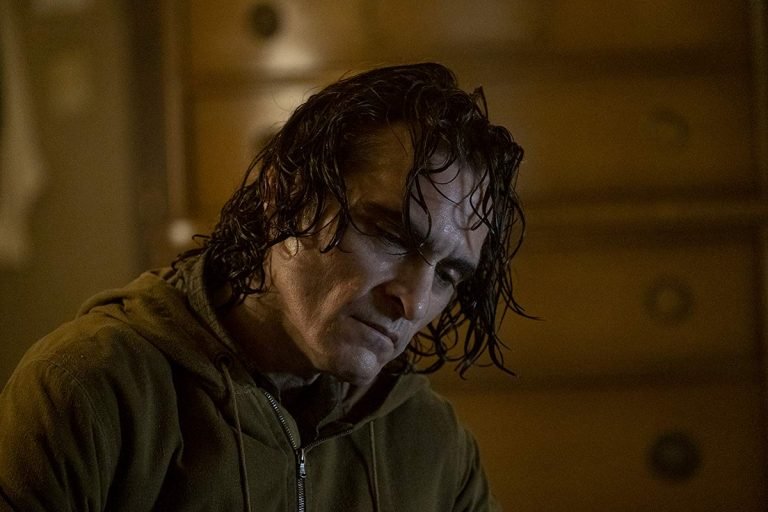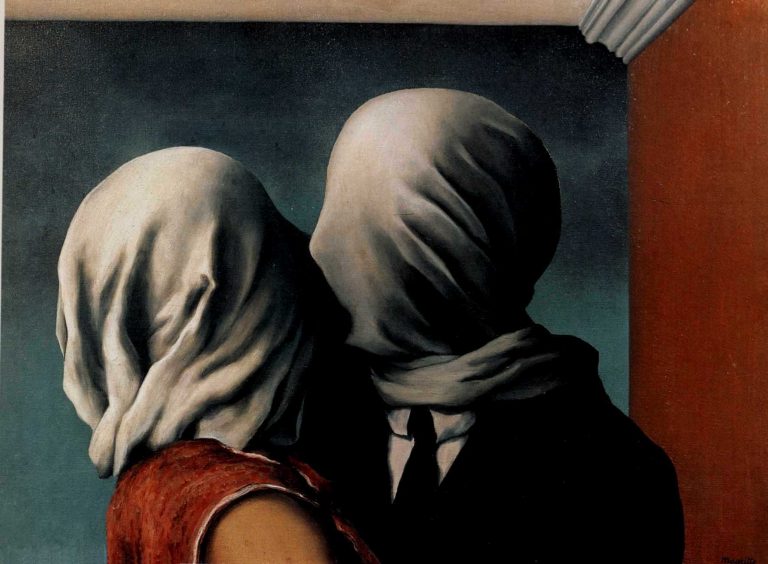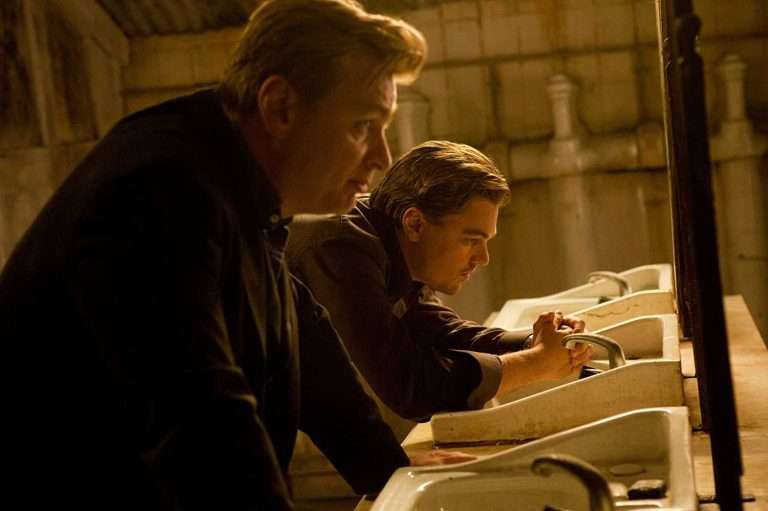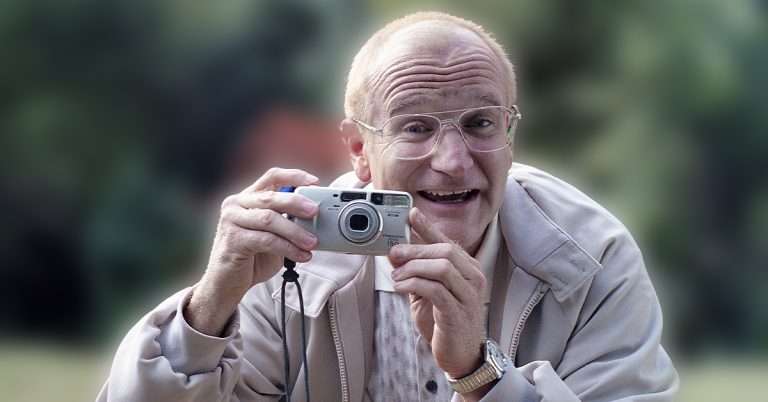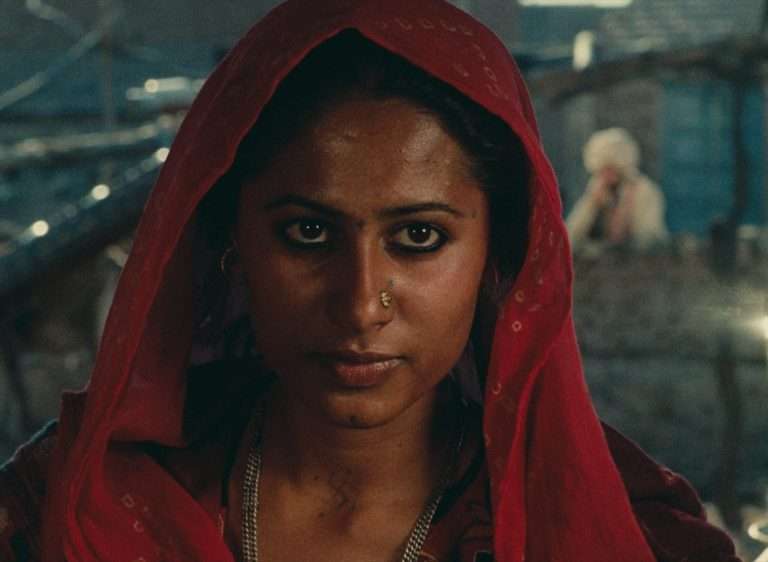David Fincher’s 1995 neo-noir psychological crime thriller Se7en is a fascinating piece of filmmaking. While heralded as a masterpiece in various circles (for good reasons), its impact is far-reaching, and its legacy has influenced all sorts of subsequent forms of media. Its portrayal of a city almost shrouded by moral corruption, the nearly nasty and nihilistic outlook of the serial killer John Doe (Kevin Spacey), leading to its bleak and famous climax, manages to encapsulate the cynicism of the 90s as well as herald the movies more concerned with the exploration of the psyches of the individual than just grisly murders added as shock value. If we discount the innumerable copy-cats that came after (Along Came A Spider, The Bone Collector), there are very few movies like Se7en that have left an imprint in pop culture for being equally shocking and yet measured without devolving into B-movie sensibility.
For crafting a list of ten movies like David Fincher’s Seven (stylized as Se7en), the easier way out would have been to take the majority of Fincher’s filmography and list them one after another. More than just a shortcut, it’s a testament to the man’s strength as a filmmaker. He manages to explore the inherent darkness of the individuals in his movies via different worldviews. But that wouldn’t be half an interesting list! So, the caveat (if anyone has read my lists, you know there are caveats) is that none of Fincher’s filmography is on this list. If you are nevertheless interested to watch his movies, which are like Se7en, you can check out Zodiac (2007), The Game (1997), The Girl With the Dragon Tattoo (2011), Gone Girl (2014), and, of course, the Netflix Series Mindhunter (2017 – 2019) (which is arguably his magnum opus).
But this list will primarily focus on movies of similar genre and tonality to Se7en. Considering Se7en (1995) is a potpourri of both – a procedural investigative pulpy thriller, which then evolves into a psychological, nihilistic, bleak nightmare – there are movies in this list that are both focused on one of those aspects, mainly the nihilistic viewpoint. Plus, the fact that Seven is a significant member of the serial killer movie genre should also be considered. While the arrangement of these movies follows a ranking, all of them deserve to be watched if you are a fan of movies like Se7en.
PS: This list intentionally lacks a lot of obvious choices one would make, but I hope the variations – movies from different timeframes to different languages – help provide a diverse palette to cinephiles reading this list.
10. Henry: Portrait of A Serial Killer (1986)
Directed and co-written by John McNaughton, Henry: Portrait of a Serial Killer is loosely based on real-life serial killer Henry Lee Lucas. It is the story of a nomadic serial killer and his seemingly random killing spree. When the movie opens, we see Henry migrating to Chicago, having dinner at a diner, and murdering the proprietors of a liquor store. We see Otis, Henry’s friend, during their time in prison, pick up his sister from the airport to take her to the apartment she shares with Henry. It is there that Becky would come into contact with Henry and the audience.
The shoestring budget (11,000 $ reportedly) and the 16 mm camera gives it the vibe of a home video found in the back catalog at the horror section of Blockbuster. The film cleverly showcases the aftermath of Henry’s violent act while audio snippets in the background recreate the soundscape necessary for the viewer to piece the deeds together – a clever juxtaposition of implied and explicit violence. But “Henry”, a movie like Se7en, is also interested in exploring the psyche of the man and his confidence in random killings. As he describes to Otis his randomness, we see a coherent plan in the madness. But the darkness is in the matter-of-factness of Henry’s character, a sharp contrast to Otis whom we see falling deeper into the pit of his latent psychosis.
It is a fascinating but grimy exploration into the darkness of these two individuals while the industrial cityscapes, bridges, and warehouses become the camouflage for a serial killer perfectly in tune to ensure no patterns persist. Randomness enhancing psychopathy is a facet that Fincher explored both via the cityscapes in Se7en, the gruesome murders, and, of course, in his exploration of John Doe. Michael Rooker is good in showcasing the stoic and uneasy titular character, but it is Tom Towles as Otis who manages to terrify and creep the viewer out far more than Rooker does.
Related to Movies like Se7en – 6 Films to watch if you like The Gray Man on Netflix
9. Raman Raghav 2.0 (2016)
It isn’t a secret that Anurag Kashyap is a huge fan of Quentin Tarantino. The ample use of chapter breaks in this film gives it an epic feeling, a feeling far more intense than the movie perhaps intended to. However, as far as homages go, Raman Raghav 2.0 is a better homage to Fincher, Kiyoshi Kurosawa, and, to an extent, even Lars Von Trier.
The exploration of a psychopath who decides to model himself after a legendary serial killer from the 60s is played by Nawazuddin Siddiqui with a sense of unfettered glee. Ramanna is also somehow the most honest character in the movie, simply because he doesn’t try to hide his psychopathy. But Kashyap, in his exploration of evil, doesn’t restrict himself to the banality of evil. On the contrary, the evil shown here by Siddiqui’s suave, but casual, cruelty is almost seductive in its approach.
The second chapter of the movie, where Siddiqui’s Ramanna goes to his sister and the events that follow is one of the best stretches of filmmaking you will witness in terms of horror and abject terror. It elevates what could have been a diversion to an essential compelling watch. It doesn’t take away from Vicky Kaushal’s turn as Raghavan, a tortured soul dependent on drowning himself in drugs to cage the inner evil within, but does come out at moments, one of which causes this completely out-there love story to blossom.
Kashyap upends the equation between the hunter and the hunted, managing to sell the cop and the murderer as a twisted form of soulmates – Ramanna searching for his Raghav and completing the circle. It does resemble the final moments in a movie like Seven, where Mills (Brad Pitt) becomes the personification of the final deadly sin as he submits to the goading of the serial killer. While not completely similar, the fatalistic ending, scored to a guitar riff soundtrack does echo sentiments of Fincher drenched in the stylization of Kashyap’s filmography.
8. Manhunter (1986)
If one is making a list of ten movies like Seven, Jonathan Demme’s 1991 adaptation of Silence of the Lambs is a shoo-in. Itself an adaptation of Thomas Harris’ sophomore novel featuring the serial killer Hannibal Lecter, the film that had a star-turning performance by Hopkins (in all for a fourteen minutes screentime), depicting the efforts of Clarice Starling (Jodie Foster) to catch the serial killer Buffalo Bill, by trying to understand his psychology. However, Manhunter, directed by Michael Mann, is the first adaptation of a Thomas Harris project. Its inclusion in the list mostly stems from its exploration of Will Graham (a fantastic William Petersen) and his mental foibles as he tries hard to psychologically profile a serial killer called the Tooth Fairy while failing to not get involved.
Compared to Anthony Hopkins, Brian Cox’s Hannibal Lektor is snobbish and brutish but carries a mischievousness that is on the verge of becoming dangerous at the drop of a hat. His conversation with Petersen’s Graham truly showcases why Will is so afraid to fall back into the darkness. Petersen brings to life a sense of coiled excitement and vulnerability of Will primarily through his eyes and hangdog face. Trying to walk the fine line and not fall over the edge, becoming very much involved and almost evoking the killer in his mannerisms, Petersen adeptly brings to life Graham’s eccentricity without making it feel over the top.
What makes Manhunter stand out is Mann’s attention to detail, his use of inventive camera angles, and the framing of shots and perspective to heighten the police procedural aspect of the investigation. Mann also brings to light a sense of obsession underlined with professional expertise for each of the investigators involved in extracting every bit of information from a scrawl in toilet paper.
Much like Se7en’s influence in the subsequent media, Manhunter’s influence on procedural television series cannot be denied (William Petersen becomes the lead of CSI, one of the most popular television series which ran for decades). Mann’s unique approach to showing modern-day architecture brings out a strange stretch of beauty and perspectives, a sharp contrast to the violent and creepy actions depicted by Francis Dolarhyde a.k.a. The Tooth Fairy (Tom Noonan). Unlike Silence of the Lambs, which carries a sense of B-movie pulpy violent mentality, Manhunter never distracts itself from the character exploration of Will Graham and the knife edge he is walking along.
Related to Movies like Se7en – Manhunter [1986] Review – An Incredibly Stylized and Atypical Take on the ‘Hannibal Lecter’ Novel
7. Peeping Tom (1960)
Michael Powell’s Peeping Tom is notorious for having finished the director’s career because it was proclaimed as a failure both by critics and the audience on its release. But like most of Powell’s films, it was far ahead of its time. The film follows Mark Lewis, a focus puller at a film studio during the day who moonlights as a racy photographer of women, making a documentary to capture the precise moment of fear on his victim’s faces while murdering them. If you compare Peeping Tom with the slashers of not just the present years but even the slashers of the successive decade, this film is tame by comparison. The on-screen violence is barely countable; blood is not found. But the fact that the film never shies away from giving the “murderer” an anti-hero arc feels way ahead of its time, considering its protagonist is the killer.
Michael Powell, the masterful director that he is, not only knows about the workings of the inherent male gaze but where to direct it. The women, with their beauty and the moments of fear flitting through their eyes, are as integral a part of the movie as is the gaze directed at the serial killer himself. Karl Boehm is magnificent in depicting the inherent psychopathy and the distress within Mark’s character. The movie doesn’t sympathize with him, but it is certainly interesting from that point of view. It depicts the transactional relationship between the audience and the director, where we essentially are voyeurs, watching life enactments.
What stands out are the perfect framing of shots and the impeccable lighting by Michael Powell, helping enhance the implied violence. Powell’s film, perhaps because it stops short of falling into exploitative mode and is more interested in exploring Mark as a human being with trauma, feels less lurid and more restrained, unlike a movie like Se7en.
However, Peeping Tom’s exploration of a society that would create a sort of by-product like Mark is emblematic of Seven’s exploration of the horror of society at large. It is nuanced in its approach to questioning everyone regarding the degree of voyeurism, even its audience.
6. M (1931)
The first talkie of Fritz Lang’s career is also his self-proclaimed masterpiece and honestly, it’s hard to argue. Essentially codifying the procedural investigation genre, M showcases the criminal underworld’s efforts to search for a child murderer after his exploits had been causing raids and general harm to their business interests. The cynical and extreme pragmatic approach mixes well with Lang’s way of showcasing all these characters leading their investigative arcs with the different forms of grotesques. And no one comes out as more grotesque than Peter Lorre, who plays the “antagonist” Beckertt, delivering perhaps the finest performance of his career and catapulting M to masterpiece status.
It’s a brilliant genre exercise that strives to point out the holes in the justice system as well as the attraction and volatile satisfaction of mob justice. M stands out because of its minimal use of dialogue and sounds in general. It’s the editing that is impressive, and way ahead of its time with its intercutting and parallel narratives. It smoothly transitions from the criminal underworld to law enforcement with the help of broken and interspersed dialogues when the plan to search for the “child murderer” is concocted.
Its use of long tracking shots, low-angle shots, etc., is still impressive to witness decades after its initial release. But more than the search for the murderer using fingerprints or expanding search radii, it’s the ultimate use of mob justice that is spine-chilling. The final shot, which breaks the fourth wall when the woman asks to not let the children out of their sight, is haunting.
Like Se7en, whose “What’s in the Box” becomes a moment imprinted in the zeitgeist, the murderer’s predilection to whistle “In the Hall of The Mountain King” in “M”, becomes the defining moment for the tune itself. Neither the name of the tune nor the movie is important here, but its existence is codified. As far as a legacy is concerned, “M” truly is the progenitor of almost all aspects of films of the investigative genre. It doesn’t hurt that it is a stone-cold masterpiece that justifies itself as Lang’s magnum opus almost 90 years after its release.
Related to Movies like Se7en – M [1931] Is Still Terrifying After 90 Years
5. The Chaser (2008)
If any movie succinctly captures the neo-noir aesthetic of a movie like Seven, it’s Na-Hong Jin’s 2008 film, The Chaser. Unlike Seven, The Chaser somehow manages to make the streets and city more grim and dirty. The story follows an ex-detective-turned-pimp who finds out that all his girls are disappearing, and tracking the said disappearances, finds out all of them connect to the same client. One of his girls is meeting with that same client just as the movie jumpstarts. This is a dark, gritty, and almost nasty film in its portrayal of a cat and mouse game between a police officer and a serial killer.
The protagonist is flawed, to put it very politely, or an asshole, to say it very bluntly, while the antagonist is a sadistic psychopath. Na Hong-Jin’s portrayal of this world is bleak and almost nihilistic, and the visuals and cinematography remind one of a Michael Mann feature with its use of handheld camerawork. The story relies on a steady build-up of events with a blistering pay-off. The inversion of the cat and mouse dynamic by utilizing and showcasing the ineffectual nature of bureaucracy is the highlight of The Chaser.
This results in audience manipulation, giving us ample chances to get frustrated, even though the characters aren’t aware of the reasons. The fact that such a contrivance in the screenplay is a deliberate choice is already a step above the usual crime thrillers. In keeping with its name, the chase sequences are expertly filmed. Like Seven, The Chaser is a film cognizant of all the primary character’s arcs while striving to maintain its relentless suspense. Like Se7en, the antagonist of The Chaser is an emotional black hole, ruled by his primal and violent urges and driven by an unseen force only known to him.
4. Prisoners (2013)
Before Denis Villeneuve became the go-to Hollywood director for director-big spectacle, sci-fi movies (Blade Runner 2049, Dune), he was the master at creating tensely crafted thrillers – be it one around the cartel in Sicario or one with child kidnapping and the ethical and moral ambiguities associated with all the consequent actions – like Prisoners.
Based on a short story by the screenwriter Arron Guzikowski, Prisoners follow Keller Dover (Hugh Jackman) as he tries to investigate the disappearance of his daughter Anna Dover and her friend, Joy Birch. He takes matters into his own hands leading to horrific results as Detective Loki (Jake Gyllenhaal) investigates the likely suspects and slowly starts to realize that nothing is what it seems.
Structurally speaking, Prisoners starts as a relatively grounded procedural thriller; as one follows Loki, one discovers more and more clues about a “war on God” filled with references to labyrinths and mazes. On the other side, Keller’s line of investigation consists of torturing intellectually disabled Alex (Paul Dano) after kidnapping him.
In movies resembling Se7en, the exploration of darkness in each of the protagonists is revealed by the progression of the case. Darkness has a choice to expose itself during a crucible or to be controlled. Obsessiveness due to resounding certainty is what causes Keller to slowly lose his humanity as doubt is one of those niggling emotions which forces us to recontextualize our actions. Keller’s journey into the heart of darkness results from his own (albeit understandable) obsession, which ultimately leads to his literal downfall in the climax.
Loki, played by Jake Gyllenhall, is given spare characterization, making Gyllenhall’s physical acting the only recompense for giving Loki a personality. Here is a man whose facial tics and tattoos would have made him a part of the creeps in the world of “Prisoners”, but him becoming a cop and seeing Loki’s determination makes you realize that was a personal choice. He is also obsessed but not falling beyond the line of darkness. Prisoners is also complemented by some stark and gorgeous visuals by Sir Roger Deakins, complementing and thus crafting a riveting mystery that is too dark to be called “entertaining”, and if that doesn’t scream “Se7en”, what does?
Related to Movies like Se7en – Every Denis Villeneuve Film Ranked
3. The Vanishing (1988)
The simplicity of the premise of The Vanishing only adds to the horror aspect of the 1988 film. Saskia and Rex are on a cycling vacation and their trip. They decide to stop at a gas station where Saskia would buy some supplies. She had quarreled with Rex the night before, which they had made up the next day by cheesily promising to be together for the long haul and not abandon each other, even digging two gold coins at the foot of a tree as a sign of their everlasting love.
She enters the gas station and disappears. The only person who knows anything about what happened is Raymond, a man unseen by Rex and in a unique position to answer Rex’s questions, which finally get answered by Rex after three years. Sluzier’s film is not interested in crafting a whodunnit. The answer is out within the first 10 minutes of the film. He is more interested in the whydunnit and the eventual aftermath of the incident.
In exploring the existence of evil disguised as an idea of personal exploration, he poses the question – if one saves a life and becomes a hero and a paragon of virtue, does one have the power to commit a deed of absolute evil, thus contextualizing the prior heroic deed? The reason for the kidnapper becomes less about being evil for the sake of it and more like a sociopathic determined crusade.
The Vanishing is one of the few movies where the trope of the villain explaining all his motivations to the protagonist does not feel tiring or a secret moment for the hero to find a loophole. Instead, it becomes a part of the structure of the movie. As a result, context clues only serve to intensify the horror within. It also helps that Bernard-Pierre Donnadieu (who plays Raymond) plays his role with a genial matter-of-factness, making his proclamations and calmness all the more terrifying. His earlier actions – practicing with chloroform, the headlock, and the locking of doors – all perfectly attribute to the defining sense of unease.
Evil isn’t over-the-top or mustache twirling. Evil is calm, quiet, able to cover most angles, and ready to offer you answers for its actions. What the answers entail is a risk to the querier. The final shot and the reveal is terrifying, not because it’s shocking but because in choosing to finally agree with Raymond to experience what Saskia felt, the final fate of Rex is almost destined to occur – a result of his inability to move on. Alike most movies like Seven on this list, The Vanishing explores the mutability and the tendrils of evil in every aspect of humanity.
2. Memories of Murder (2003)
One may find it rather tempting to find an easy way out of using Fincher’s filmography for a list of movies similar to Se7en, especially to include Zodiac in this list – a movie dealing with the exploration of the real-life murders of the Zodiac Killers during the 1970s. But if a narrative dealing with true crime stories is an option, you can do far worse than including Bong Joon-Ho’s 2003 classic Memories of Murder, based on a real-life serial killer case of the 1980s.
Both the real-life mysteries remained unsolved until 2019 when the culprit behind the 14 murders ( including the 10 serial killings) confessed. But the real-life event doesn’t manage to drain the potency of the film itself. Memories of Murder explores the procedural aspect of the case and the lackadaisical nature of the investigators far more interested in closing a case and building its statistics than solving a crime. However, as the events of the case tend to get more brutal and strange, they become obsessed with trying to solve the case.
Bong, in his typical fashion, makes a case of the failings of society at large for both the creation of the serial killer as well as the inability to solve the serial killings, no matter the difference in tactics between Detective Park (Song Kang-Ho) and Detective Seo (Kim Sang-Kyung). There is also a striking difference between the hilarious ineptness of the cops in search of clues and the professional, expert nature of the killer.
Of course, the famous moment in Memories of Murder is the climax, where Park returns to the first crime scene years after leaving the police force. A little girl informs him that he wasn’t the first to come to this scene. There had been another man here not too long ago. When asked what he looked like, she replies, “Normal”. The last shot of Park looking at the screen, almost as if searching for the killer in the audience, is both unfulfilling and yet poetic. Some aspects of the breaking of the fourth wall (like the end of Lang’s ‘M’) are intermixed with a moody colour palette resembling Fincher, while the small town politics and mostly fear taking over the populace due to an unseen force of violence recalls Spielberg’s “Jaws”.
If Bong Joon-Ho wanted to make Memories of Murder to jog some latent humanity from the then-undiscovered killer, it had all been moot, as Lee Choon Jae shares that he watched it only as a movie, with no emotional context. The movie managed to spark interest in the case, and its importance after the discovery of the killer might feel diminished as you watch Detective Park’s curious eyes search your soul for an answer. It becomes increasingly clear that Memories of Murder was more a mirror to society during that age than a blueprint for an unsolved case, as well as a commentary on the failure of the police and the administration. Like most great films, the final scene holds a different meaning in the present day than it did pre-2019.
Related to Movies like Se7en – Every Bong Joon-Ho Film Ranked
1. Cure (1997)
The long take interrogation scene with only one hard cut, or a similar long take scene in a hospital, signifies the feeling of paralysis, a far cry from the propulsion and focus of action in serial killer movies of the 90s like Silence of the Lambs or Seven. In a way Cure feels the closest to David Fincher’s Se7en, in being a potpourri of different genres distilled to perfection, except Cure has another additional flavour Se7en lacks – a supernatural one.
Kiyoshi Kurosawa’s Cure is a far more reserved and measured take on the serial killer genre. Like Se7en, the majority of the film is procedural. However, what separates Cure from the other serial killer movies is the little nuances and storytelling that flourish. Murders of a similar MO, a large cross slashed on the neck of the victims, were committed by random people who delved too deep into their darkness. But the viewer knows the presence of an inciter who crosses paths with these people and forces them to commit. There are thus two victims in this case – the actual perpetrator of the murder with the victim. It’s unsettling when you see the inciter, a man suffering from short-term memory loss, manages to upend the human psyche, the question arises whether or not a traditional definition of a serial killer holds water here.
Kurosawa does manage to produce the effect of a hallucinatory and sensory overload by the flickering of street lights, the changing colour of traffic lamps, the flow of water, the rhythmic sound of water droplets, the movement of the flame of a cigarette lighter – stare too close to it and you might get in a fugue state, the same state that Mamiya the inciter seems perpetually in. In reality, he is a vessel for something far wicked, a chilling hypnotic suggestion capable of bringing out the inner monstrosity of men or breaking the unflappable composure of experience. Evil lurks in us all, and Kurosawa, with his differing flourishes, crafts a horror film that is simultaneously a revisionist take on the serial killer genre while also a chilling supernatural take on it.
Like Se7en, Cure haunts the viewer, leaving a mark long after the movie is over. But the open-ended conclusion showing Evil’s inability to be destroyed, unlike a physical construct is even more haunting. However, unlike Se7en, which has a definitive ending with nowhere to go but a sense of inevitability, Cure leaves viewers with a sickening sense that the world Kurosawa has created is going to be diseased by the repetition of evil; somehow, that is even more terrifying as a result.

